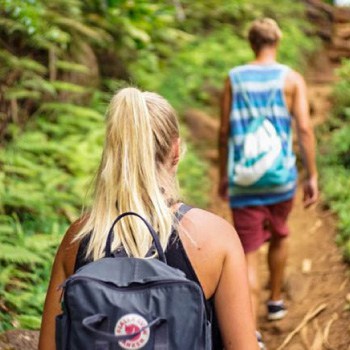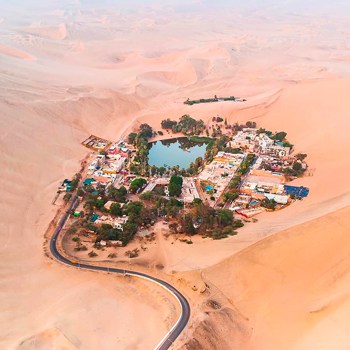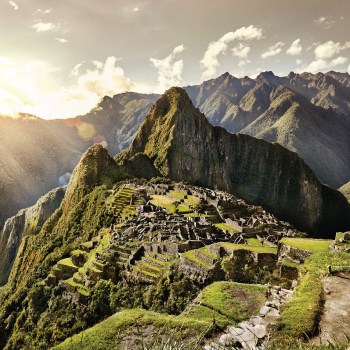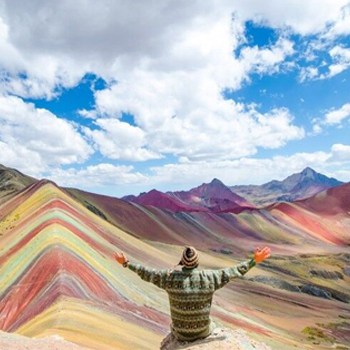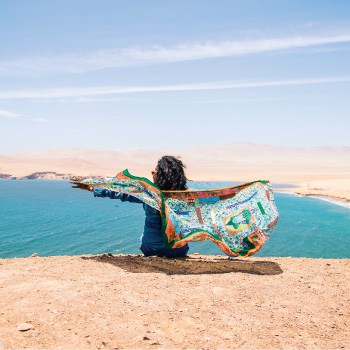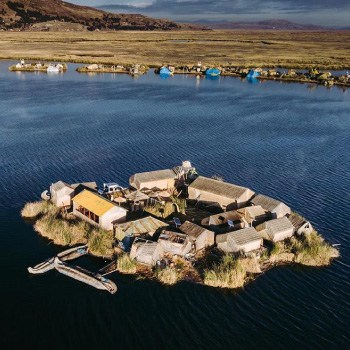Ollantaytambo Travel Guide 2025
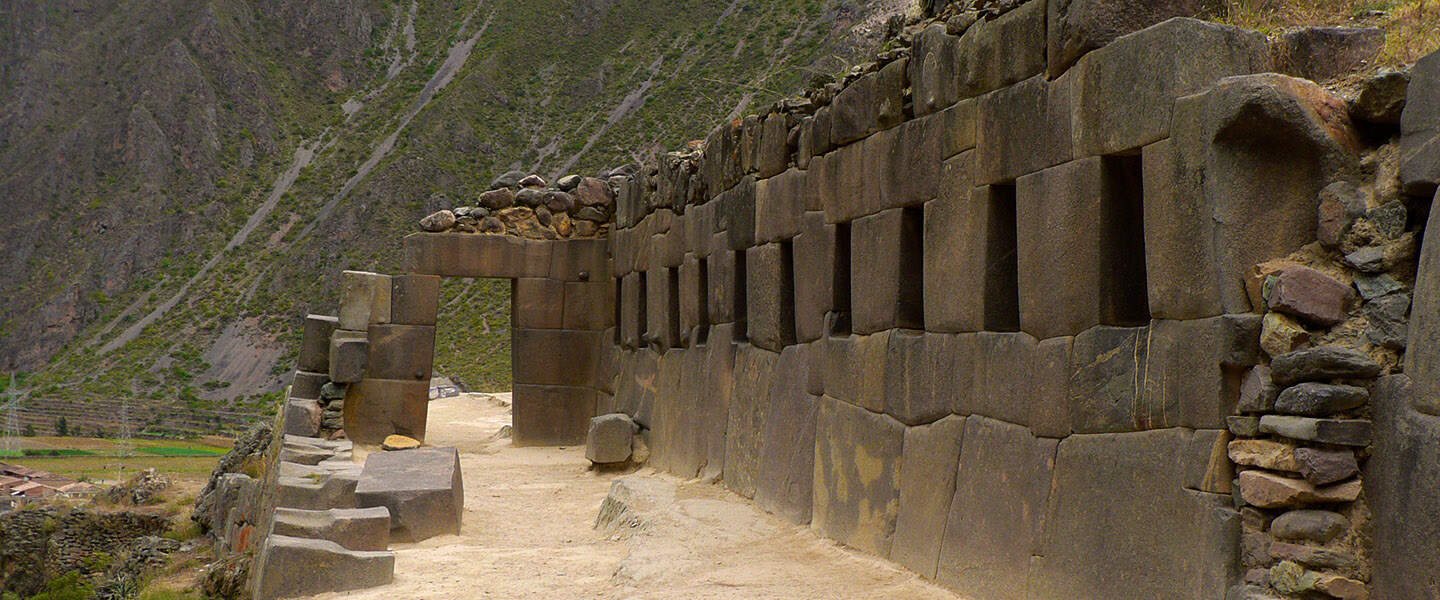
It is well known that Machu Picchu is the most famous destination in Peru, perhaps even South America. But have you ever heard about the beautiful town of Ollantaytambo? This is an area of incredible beauty, culture and history, and is definitely a great bet for your first destination before arriving in Cusco, as it will give you a chance to adjust to the altitude before visiting the capital of the Inca Empire. Relish in the chance of discovering this ancient world of the Incas.
Click below to jump to what you would like to know more about.
- What is Ollantaytambo
- Getting to Ollantaytambo
- Origin of the Name
- Weather
- Tourism and What to do in Ollantaytambo
- Where to Stay
What is Ollantaytambo?
Ollantaytambo is an ancestral town located in the Sacred Valley and the greater province of Urubamba. It is 80 km from the city of Cusco and sits at 2,700 meters in altitude. Ollantaytambo is one of the most important towns that make up the Sacred Valley of the Incas. There is a fortress that is a stone colossus, built between two mountains to protect the valley. It’s the only Inca town where many residents still live in the ancient Inca buildings- structures that date back centuries. You can find Inca streets and houses almost intact, as well as a great temple and a sanctuary surrounded by canals and waterfalls. You can reach this district of the province of Urubamba, by paved road running between Chinchero and Urubamba.
It is believed that the Inca Emperor Pachacuti (1438-1471) was the responsible of the construction of Ollantaytambo, which has become an all but obligatory stop on the route to Machu Picchu. This beautiful town is also known as “Ciudad Inca Viviente” (Living Inca City) as their residents have kept some of the traditions and customs of the Incas ancestors alive, even until today. The principal attraction of the town is the archeological site (fortress) near the town. Nowadays, there are many restaurants, hotels, bars and cafés around the Plaza de Armas of Ollantaytambo for travelers and tourists alike to enjoy.
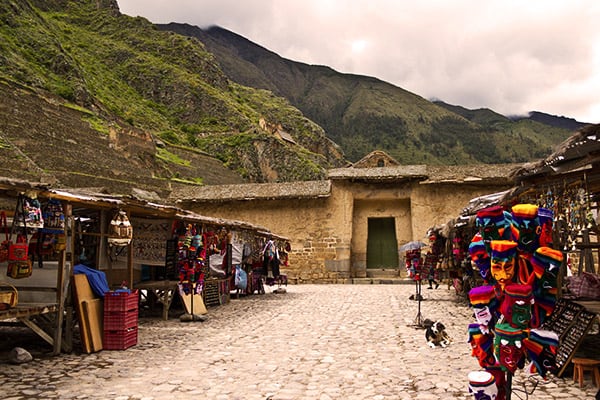
How to Get Ollantaytambo
There are two ways to reach Ollantaytambo from Cusco by bus:
- By the Pisac route: To take this route you should take a bus on Puputi street. The bus drives through Calca and the trip lasts about 2 hours. Then you should take a collectivo to Urubamba (30 minutes). From here, take a bus to Ollantaytambo (30 minutes).
- By Chincheros route: You should take a bus from Pavitos street. The buses arrive at the Plaza de Ollantaytambo (2 hours approximately) after a shortstop in Urubamba town.
It is possible to get to Machu Picchu from Ollantaytambo via train, but all trains from Cusco passing through Ollantaytambo are for Machu Picchu, there is no disembarking at Ollantaytambo from Cusco.
To get from Lima to Cusco, try taking the Peru Hop bus, it’s the safest, most reliable company on the market.
Origin of the Name Ollantaytambo
The word Ollantaytambo derives from Quechua word ‘Ulla-nta-wi’, meaning ‘place to look down’; the word tambo was added later. The Spanish derivations of the Quechua word ‘tambo’ means ‘city that provides accommodation, food and comfort to visitors’.
In traditional Quechua culture the name comes from ‘Ollanta’, the name of an Inca army captain, protagonist of the Quechua drama ‘Ollantay’ (a story adapted into a drama in the mid 18th century by Antonio Valdez- a priest from Urubamba). The story tells that one of the bravest soldiers of the Inca Empire, Ollanta, falling deeply in love with Cusi Coyllur, Pachacutec’s (the Inca leader at the time) daughter.
A soldier could not love an Inca princess, and so Ollanta was forced into exile from the kingdom. It was then that he started a rebellion against the Incas, lasting for almost a decade. He was captured by Calcuchimac, a General from the Pachacutec empire, and was taken to Pachacutec to explain his actions. In the end, the Inca forgave him and accepted that Ollanta and his daughter would get married.
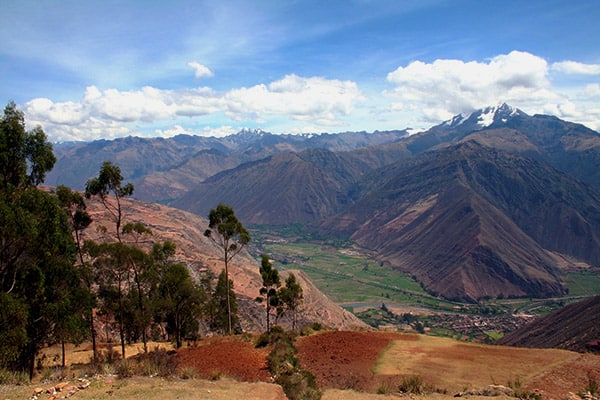
Weather in Ollantaytambo
The dry season runs from April to December, and the rainy season from January to March. Controversially, when the rain stops and the sun appears March is one of the warmest months here.
The temperature during the wet season oscillates between 11 to 15 degrees, and can reach a maximum of 18 to 23 degrees.
The temperature during the dry season varies from 5 to 23 degrees.
Tourism in Ollantaytambo
You will need at least a full day to see all of Ollantaytambo, as it is separated into 4 distinct areas: the ancient town, the temple hill, the ceremonial area and the agricultural sector. Whatever you choose to see, this beautiful town will win your heart from the moment you step foot there.
Ollantaytambo Ruins
This ancient Inca fortress was built around the middle of the 15th century and is the second most well-preserved ruin in Peru. If you want to experience Inca culture then it is definitely the best alternative to Machu Picchu.
When Pachacutec conquered the area he began to rebuild the town of Ollantaytambo, constructing terraces for farming and irrigation systems. These enormous terraces make up the Fortress or Temple Hill. After the Inca’s death, Ollantaytambo fell into the power of Inca Manco. He used the town as a retreat from the attacks of the Spanish, but the fortress was soon captured by Pizarro and his men. Take your time to enjoy hiking to the top of the complex. Be warned that the views and the altitude will quickly take your breath away. When you reach the top, you will find a wall of six monoliths that will leave you awestruck. Each of these stones weighs 50 tons and were brought by hand from the nearby quarry.
The Ñusta Bath
This is a beautiful fountain with carvings in the internal face; Incas built liturgical fountains in every populated area.
The Terraces and Granaries
Going into the agricultural sector through the so-called “Balcon Pata”, you will find a couple of ancient granaries (qolqas) that have been reconstructed and you can actually go inside. There are even more picture-perfect terraces, where the Inca used to plant all kinds of vegetables, like corn and potatoes.
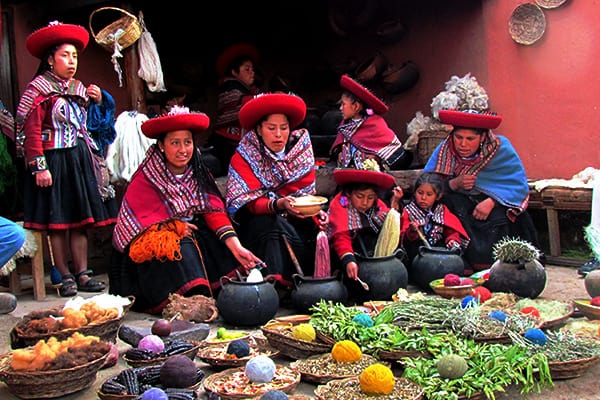
The Ritual Sector
This small ritual site at the far end of Ollantaytambo has a feeling of unfinishedness. It looks more like a quarry, though the remains shows there was more to the site (such as huge buildings and rooms dedicated to ritual celebrations). It is called “Incamisana”, which indicates that it was once a temple celebrating water.
The Royal House of the Sun
This is made up of 17 overlapping terraces, a series of straight and wide terraces facing the square and city. It was important during Incas time as it was one of the main temples dedicated for the Sun God. Make sure to visit it on your trip.
Exploring the Old Town of Ollantaytambo
If you would like to feel like you’re walking through history, walk through the old part of the town and experience exactly that. Big cobblestones line the perfect rectangular grid of narrow streets. One of the most interesting things you will find here is many women and young children wearing traditional garments. Sometimes they will be holding llama or alpaca babies. Don’t miss the opportunity to take a photo with them, for just a couple of soles in return.
Yanacocha Lagoon
Located 3,900 meters above sea level, the beauty of Yanacocha Lake shows a great landscape, with an impressive view of the Sacred Valley. On the road of Yanacocha you will notice all the mystery about the technology of ancient Peruvian and Andean people, who were a crucial part of the urban and agricultural development surrounding the area.
Adventure Sports
In Ollantaytambo you can find adventure sports, mountain biking being just one example. The biking starts at the lower square and climbs gently to Pumamarca. The best time for this is May and October, during the dry season.
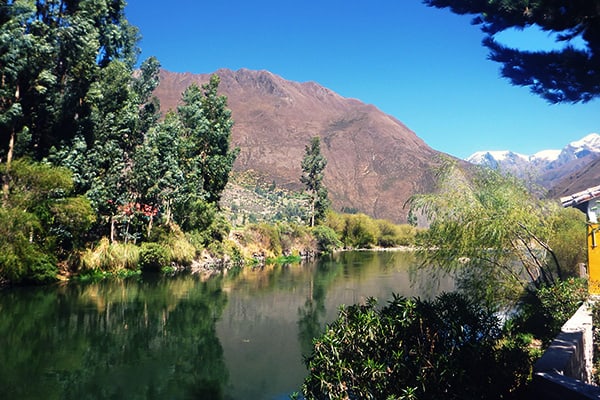
When are Ollantaytambo Ruins Open?
Business hours are from 7:00 am to 6 pm, Monday to Sunday.
Where to Stay in Ollantaytambo
- Posada Inca Wasi: Just 10 meters from the center of the city, there is free Wi-Fi connection and air-conditioned rooms. The establishment also offers a beautiful garden.
- Perú Quechua’s Lodge Ollantaytambo: It offers daily tours to the mountain, a restaurant and bar, a reception that is open 24 hours, with a small garden and terrace. Free Wi-Fi connection is also readily available.
- Hostel Andenes: Located 25 meters from the Plaza de Armas, there is free Wi-Fi connection offered and all rooms have private bathroom.
- Hostel Apu Qhawarina: Offers free Wi-Fi connection, 24 hours reception and restaurant. Airport transportation service available.
- Las Portadas: Located 100 meters from the center of the city, it offers a continental breakfast, free Wi-Fi connection and free parking.
Visit Ollantaytambo
Your visit to Peru is the perfect opportunity to see the historical town of Ollantaytambo. This is definitely a must see destination on your travel list. Don’t miss the chance to discover this ancient work, traditional people and local wildlife in the town that still lives as the Incas did.
